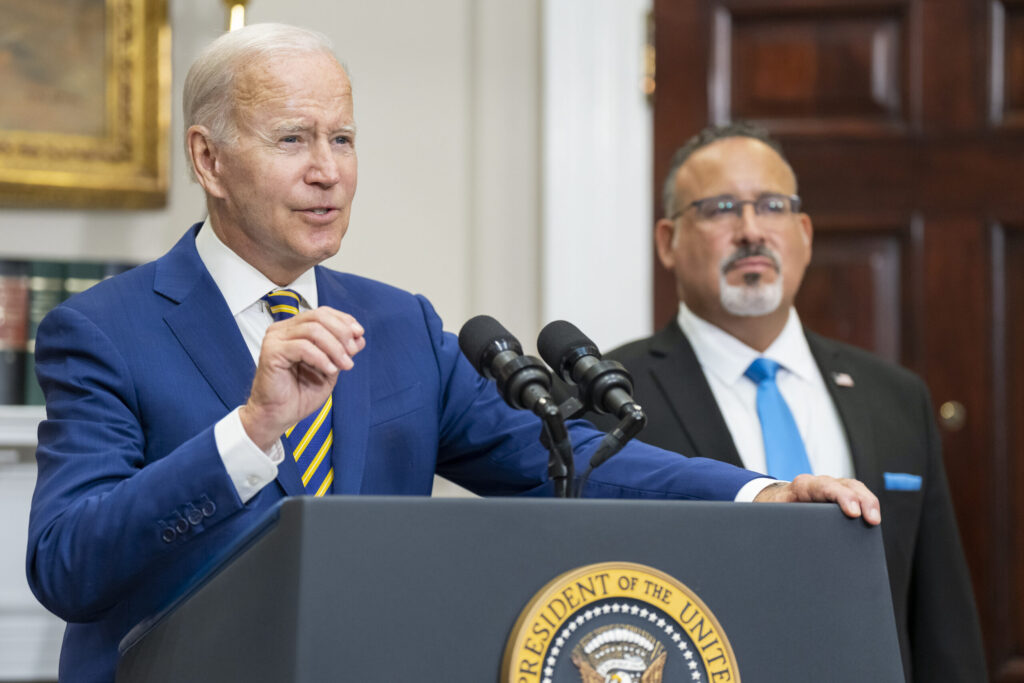
On infrastructure, the White House is about to trade away their stated goals on transportation in the name of bipartisanship

“In its current state, this deal fails to accomplish the administration’s goal of reducing emissions, preserving both the status quo of easy money to build new highways (while neglecting basic repair needs) and the existing, complex hurdles to build transit,” said T4America Director Beth Osborne.
Though this bill contains the largest federal investments in both public transit and electric vehicle recharging, these noble efforts to drive down emissions will be undermined by equally historic levels of highway spending that will produce higher levels of greenhouse gas emissions, as it always has. This funding package will provide a small amount of funding for reconnecting communities divided by highways and other infrastructure while providing hundreds of times more funding to build and expand highways creating new divisions.
“You cannot fill a hole with a teaspoon that’s still being dug with an excavator.
“The good news is there are a handful of exciting amendments the Senate is expected to consider that would improve this deal before final passage.
“Senator Warnock is proposing to increase funding for reconnecting communities divided and damaged by highways and other infrastructure from $1 billion to $5 billion. While that’s a far cry from the White House’s $20 billion proposal, it’s a welcome start. Senator Klobuchar is proposing to halt the practice of allowing states to set targets for more people to die on our roadways without any penalty or requirement to improve safety—a long overdue improvement to better measure how we spend our money and hold states accountable to the taxpayer. Senator Cardin is proposing to require states to measure greenhouse gas emissions from transportation and set targets to reduce those emissions through their investments. Finally, Senator Kaine is proposing a strong ‘fix-it-first’ amendment that requires states to make progress on addressing their maintenance backlog before building new or expanding highways and have a plan to maintain that new asset. It also requires a demonstration that the highway project is more cost-beneficial than an operations, freight or transit improvement and that it furthers the state’s ability to reach other performance targets.
“One important achievement in this deal is its ambitious proposal for passenger rail which was previously approved by the Senate Commerce Committee. As we wrote when it passed, ‘this represents a fundamentally new approach that will expand, increase, and improve service; focus on the entire national network; encourage more local, ground-up coalitions of local-state partnerships for improving or adding new service; and make it easier to finance projects and expand that authority to transit-oriented development projects.’
“These positive inclusions aside, this deal pours the majority of new transportation money into the same old broken cistern. If this deal passes without significant changes the White House will have an uphill battle over the next five years to implement this deal in a way that addresses their priorities and tackles our maintenance backlog, addresses climate emissions, and removes safety and structural barriers to economic opportunity.
“There’s still time to improve the deal, and the Senate and White House need to go far beyond just more money for the status quo.”



